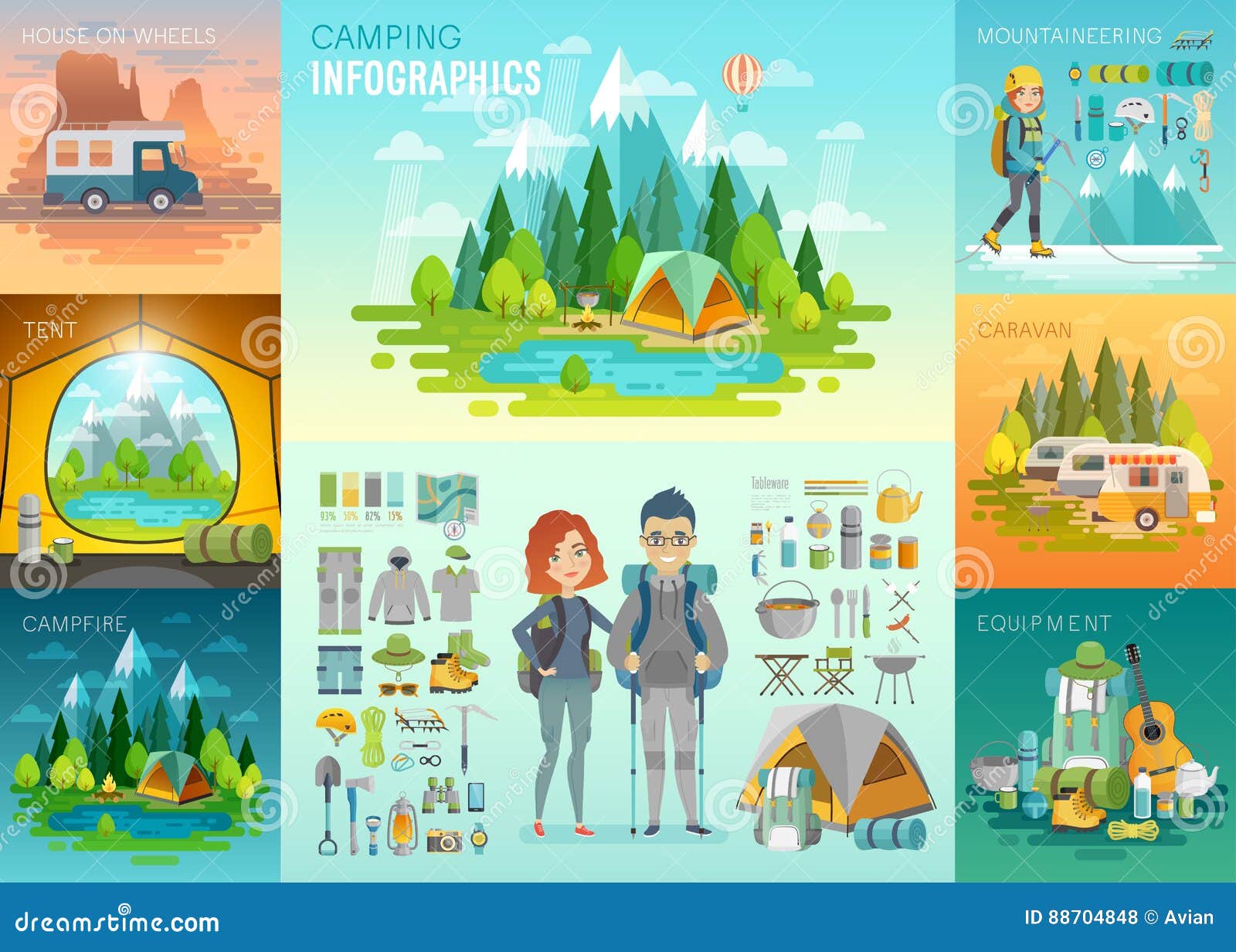Using Effective Online Camping Tents Venture Marketing To Sell Camping Tents
Using Effective Online Camping Tents Venture Marketing To Sell Camping Tents
Blog Article
Does Your Backpacking Outdoor Tents Need a Footprint?
A footprint is expensive and adds extra weight to your backpack. It likewise isn't particularly durable.
Where can I go glamping in the US?
Eventually, whether a camping tent footprint is required depends upon where and exactly how typically you're camping. Generally, it's a great idea to utilize one if you camp on rough surfaces or in wet conditions.
Tents with Reduced Deniers and Water-proof Rankings
Camping tents with lower deniers and waterproof ratings often tend to be lighter, yet they can additionally be extra breakable. They might call for even more regular repair work and have less interior space than harder versions. If you're an informal backpacker that likes to travel rapid and light, this could be great; nonetheless, even more skilled hikers know that giving up toughness can include huge consequences down the trail.
The denier and waterproof ranking of an outdoor tents's cover, rainfly, and floor can help you determine its livability. Seek higher-denier textiles on the cover and rainfly, in addition to taped seams that help protect against water from leaking with stitches. Some producers even make use of warmth and sealant during construction to develop a more powerful seam; these are called welded joints.
The livability of a camping tent can likewise be determined by its flooring measurements and capability. A tent's flooring must be somewhat smaller than the impact to avoid water from pooling under the shelter.
Outdoors Tents in Rough Surface
Numerous backpacking tents consist of a footprint designed particularly for their model, which aids make sure an appropriate fit and safeguards the outdoor tents's base from dampness and sharp items. Other suppliers offer universal impacts that can be cut or folded up to match a camping tent's measurements.
The kind of terrain you'll run into is one more essential factor to consider for selecting a tent. For example, if you'll be camping in a canyon or gully, search for a sanctuary that can manage strong winds. These problems produce turbulence that can make the distinction between appreciating your camping area or suffering pain.
The capability and peak elevation of a tent offer you a great concept of its livability, however additional variables to think about include vestibules (the area canvas tent of the rainfly covering the doors) and overall storage room. For example, throughout our winter season testing of the Marmot Tungsten, its charitable 93-by-82-inch floor quickly handled 4 sweaty backpackers and their puffier shoulder period sleeping bags while still leaving enough space for equipment and people.
Outdoors Tents in Wet Issues
Even if your camping tent shows up dry, dampness lurks in the spaces and crannies. In time, it can weaken the fabric. That's why it's so vital to make the most of rest days to deep-clean your camping tent and its parts, such as zipper linings, risk loops and flexible webbing straps.
Likewise, make sure to pitch your camping tent in a flat area, not a divot or concave place, to ensure that ground water does not collect in between the tent flooring and impact or tarp. And if you're making use of a footprint, take into consideration a custom-cut one designed for your camping tent's floor plan. It won't accumulate rainwater the method a common ground cloth or tarp can.
Technique setting up and removing your outdoor tents at home prior to you hit the trail, to get a feel for just how rapidly and successfully you can do it. Also, method surveying your tent in various surfaces to see how simple it is (or isn't) to do in bad climate condition.
Tents in High-Rise Situations
Outdoors tents range in floor dimension and livability. As an example, a large camping tent with twin doors and vestibules like Marmot's Tungsten can deal with 4 backpackers without calling for gymnastics to get in and out or to keep equipment.
The minimum path weight requirements is the best spec to compare designs, as it consists of the bare essentials: tent body, rainfly and poles. But keep in mind that the spec omits camping tent risks, guy lines and stuff sacks.
Most backpacking camping tents can stand up to a light summer season storm, but some can be swept away by gale-force gusts. Try to find a model with strong posts, an increased bathtub-style floor and joint taping to decrease the opportunity of water permeating via. Pricier styles likewise often tend to feature stronger materials that can withstand the influence of particles and other forces.
What is traditional camping?
